
漢德百科全書 | 汉德百科全书
 重要的国际组织
重要的国际组织

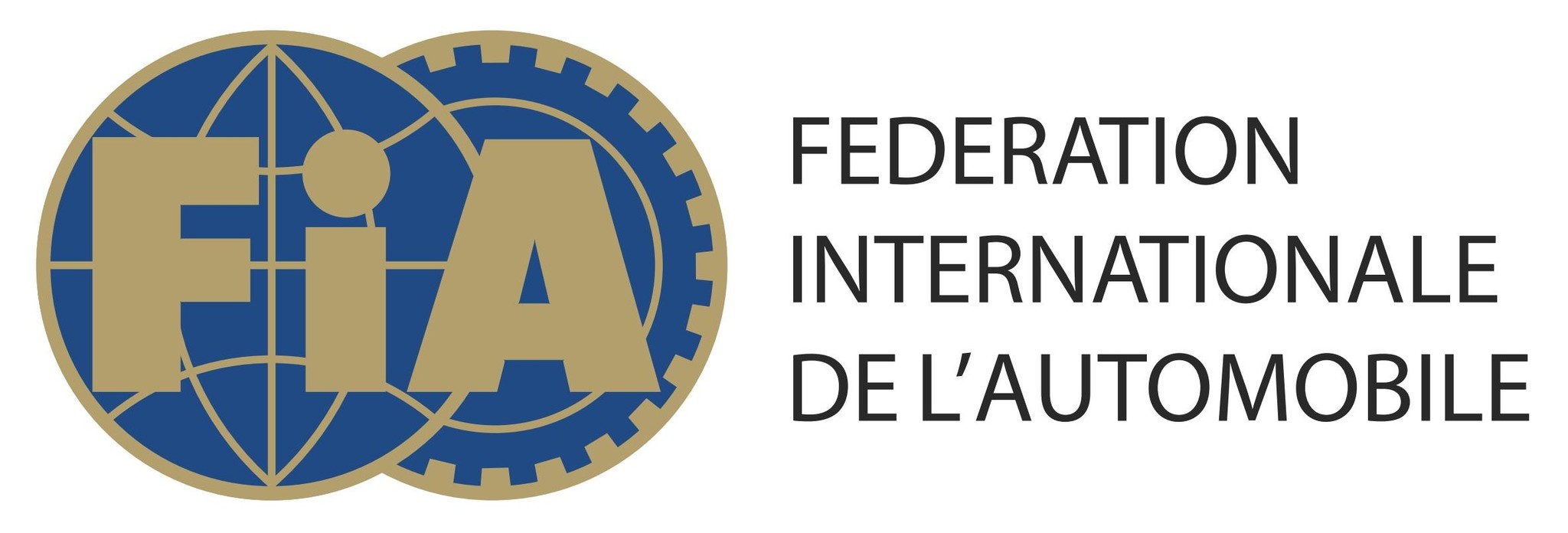
国际汽车联合会(简称国际汽联;法语:Fédération Internationale de l'Automobile,缩写:FIA),为成立于1904年6月20日的非牟利性国际组织,主要致力于促进赛车运动,为所有世界各地的驾驶者提供安全、可持续和无障碍的驾驶环境。其成员包括全球145个国家的246个组织。总部位于法国巴黎(未来将迁至瑞士苏黎世),现任主席为让·托德(Jean Todt)。
国际汽车联合会通常被人们认为是汽车与摩托车运动的主管组织。1922年,国际汽联将汽车与摩托车运动事项交与国际运动委员会(Commission Sportive Internationale),这个自治组织后来即演变为国际汽车运动联合会(Fédération Internationale du Sport Automobile)。1993年,国际汽车联合会重组,国际汽车运动联合会被撤消,其相关事务被纳入国际汽车联合会的直接管理之下。
国際自動車連盟(こくさいじどうしゃれんめい、フランス語: Fédération Internationale de l'Automobile)は、世界各国の自動車団体により構成される非営利の国際機関、国際競技連盟。略称はFIA。
The Fédération Internationale de l'Automobile (FIA; English: International Automobile Federation) is an association established on 20 June 1904 to represent the interests of motoring organisations and motor car users. To the general public, the FIA is mostly known as the governing body for many auto racing events, such as the well-known Formula One. The FIA also promotes road safety around the world.
Headquartered at 8 Place de la Concorde, Paris, with offices in Geneva and Valleiry, the FIA consists of 246 member organisations in 145 countries worldwide.[2] Its current president is Jean Todt.
The FIA is generally known by its French name or initials, even in non-French-speaking countries, but is occasionally rendered as International Automobile Federation.
La Fédération internationale de l'automobile1 (FIA) est une organisation à but non lucratif, sise au 8 place de la Concorde à Paris, France, qui regroupe 240 membres dans 144 pays. Créée en 1904, elle est surtout connue pour sa gestion des plus importantes épreuves de course automobile mondiales, mais son étendue comprend tout ce qui concerne l'automobile, routes, mobilité, environnement, sécurité routière, etc.
La Fédération Internationale de l'Automobile (la denominazione francese è quella ufficiale), in sigla FIA, in italiano Federazione Internazionale dell'Automobile, è una federazione di circa 240 Automobile Club di 144 paesi del mondo, rappresentanti circa 80 milioni di automobilisti[2].
La Federación Internacional del Automóvil conocida también como FIA (en francés, Fédération Internationale de l'Automobile), es una organización sin ánimo de lucro con sede en la Plaza de la Concordia de París, Francia, y que incluye 268 organizaciones automovilísticas de 143 países. Fundada en 1904, es mundialmente conocida por regular las competiciones de automovilismo más importantes del mundo, pero su ámbito de aplicación incluye todos los aspectos del automóvil, las carreteras, la movilidad, el medio ambiente o seguridad vial.
Международная автомобильная федерация (фр. Fédération Internationale de l'Automobile), FIA (ФИА) — некоммерческая организация, основанная 20 июня 1904 года для представления интересов автомобильных организаций и владельцев автомобилей.

国际特赦组织(英语:Amnesty International,缩写为AI;又称为大赦国际),是一个国际非政府组织,总部位于英国伦敦,致力于推动全球人权事业的发展,在全球拥有大约七百万成员及支持者。该组织的工作方针是对人权状况进行调研,采取相应行动,寻求终结各种侵犯人权的行为,并且为那些遭受迫害的人们伸张正义。[1][2][3]
国际特赦组织于1961年由彼得·本南森在英国伦敦宣告成立,同年5月28日在英国《观察家报》发表了题为《被遗忘的囚犯》的文章。[4]国际特赦旨在让公众更多地去关注侵犯人权的事件,以及依照国际法准则及其精神而举办的各类活动;[1]亦旨在动员公众舆论,对侵犯人权的政府施加压力,以期改变。与此同时,国际特赦也对各国实行的死刑制度进行了批评,认为死刑制度就是对人权“最为终极”、“最为彻底”的否定。国际特赦组织因其进行的反酷刑运动和所做出的贡献,荣获1977年的诺贝尔和平奖,亦获得了1978年的联合国人权奖。
Amnesty International (von englisch amnesty, Begnadigung, Straferlass, Amnestie) ist eine nichtstaatliche (NGO) und Non-Profit-Organisation, die sich weltweit für Menschenrechte einsetzt. Grundlage ihrer Arbeit sind die Allgemeine Erklärung der Menschenrechte und andere Menschenrechtsdokumente, wie beispielsweise der Internationale Pakt über bürgerliche und politische Rechte und der Internationale Pakt über wirtschaftliche, soziale und kulturelle Rechte. Die Organisation recherchiert Menschenrechtsverletzungen, betreibt Öffentlichkeits- und Lobbyarbeit und organisiert unter anderem Brief- und Unterschriftenaktionen für alle Bereiche ihrer Tätigkeit.
 亚洲足球俱乐部冠军联赛 2015
亚洲足球俱乐部冠军联赛 2015
 亚洲足球俱乐部冠军联赛 2017
亚洲足球俱乐部冠军联赛 2017
 亚洲足球俱乐部冠军联赛 2017
亚洲足球俱乐部冠军联赛 2017
 亚洲足球俱乐部冠军联赛 2018
亚洲足球俱乐部冠军联赛 2018
 亚洲足球俱乐部冠军联赛 2019
亚洲足球俱乐部冠军联赛 2019
 亚洲足球联合会
亚洲足球联合会
 中北美洲及加勒比海足球协会
中北美洲及加勒比海足球协会
 南美洲足球协会
南美洲足球协会
 非洲足球协会
非洲足球协会
 国际足球联合会
国际足球联合会
 1990年世界杯足球赛
1990年世界杯足球赛
 1994年世界杯足球赛
1994年世界杯足球赛
 1998年世界杯足球赛
1998年世界杯足球赛
 2002年世界杯足球赛
2002年世界杯足球赛
 2006年世界杯足球赛
2006年世界杯足球赛
 2010年世界杯足球赛
2010年世界杯足球赛
 世界杯决赛队
世界杯决赛队
 2018年世界杯足球赛
2018年世界杯足球赛
 2022年世界杯足球赛
2022年世界杯足球赛

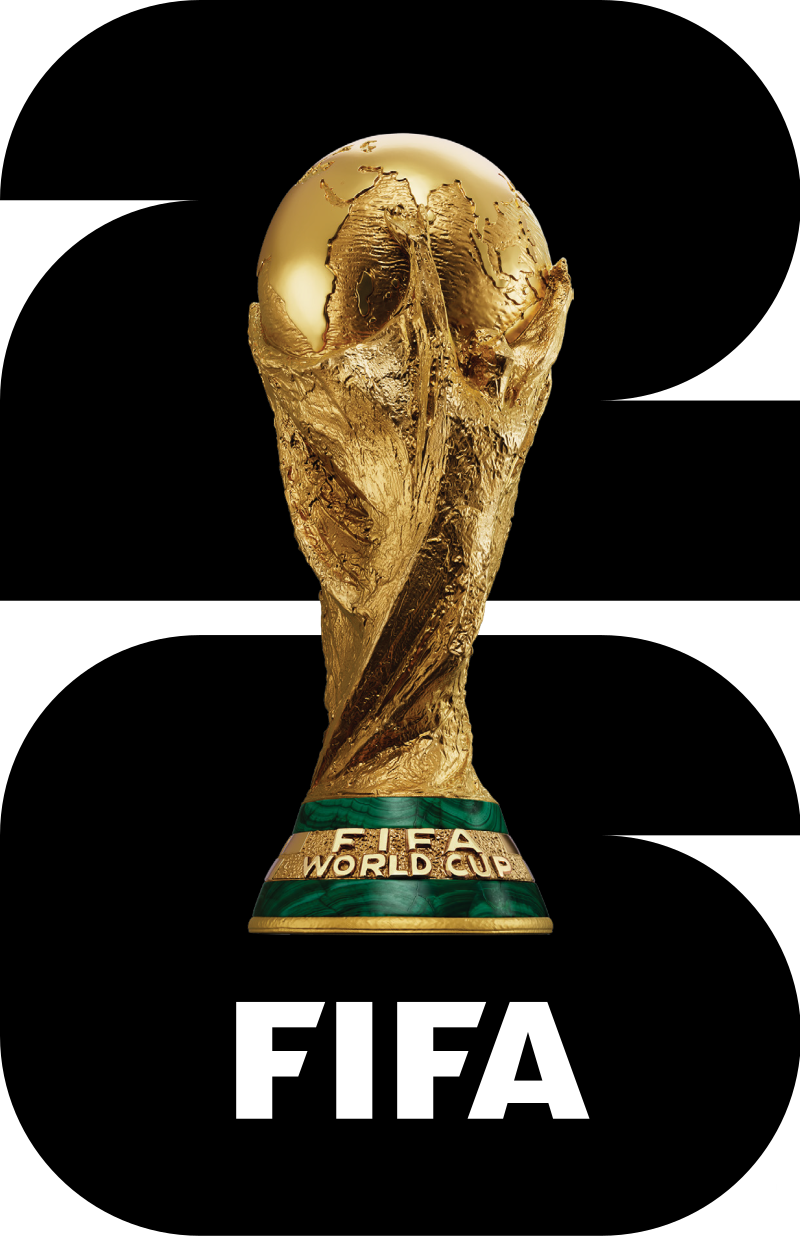 2026年世界杯足球赛
2026年世界杯足球赛
 2013年国际足联联合会杯
2013年国际足联联合会杯
 2017年国际足联联合会杯
2017年国际足联联合会杯
 1991年女子世界杯足球
1991年女子世界杯足球
 1995年女子世界杯足球
1995年女子世界杯足球
 1999年女子世界杯足球
1999年女子世界杯足球
 2003年女子世界杯足球
2003年女子世界杯足球
 2007年女子世界杯足球
2007年女子世界杯足球
 2011年女子世界杯足球
2011年女子世界杯足球
 2015年女子世界杯足球赛
2015年女子世界杯足球赛
 2019年女子世界杯足球赛
2019年女子世界杯足球赛
 大洋洲足球联合会
大洋洲足球联合会
 瑞士
瑞士
 苏黎世
苏黎世

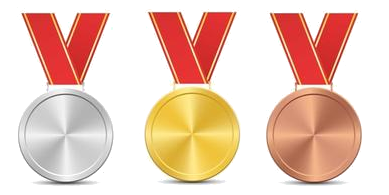 体育
体育
 (F)国际足联女子世界杯
(F)国际足联女子世界杯

 体育
体育
 (F)国际足球联赛
(F)国际足球联赛

 体育
体育
 (F)亚洲足球俱乐部冠军联赛
(F)亚洲足球俱乐部冠军联赛

 体育
体育
 (F)非洲足球俱乐部冠军联赛
(F)非洲足球俱乐部冠军联赛

 体育
体育
 (F)中北美洲及加勒比海地区足球俱乐部冠军联赛
(F)中北美洲及加勒比海地区足球俱乐部冠军联赛

 体育
体育
 (F)美洲解放杯
(F)美洲解放杯

 体育
体育
 (F)欧洲足球俱乐部冠军联赛
(F)欧洲足球俱乐部冠军联赛

 体育
体育
 (F)欧洲足球锦标赛
(F)欧洲足球锦标赛

 体育
体育
 (F)国际足联U-20世界杯
(F)国际足联U-20世界杯

 体育
体育
 (F)国际足联联合会杯
(F)国际足联联合会杯

 体育
体育
 (F)亚洲杯足球赛
(F)亚洲杯足球赛

 体育
体育
 (F)非洲国家杯
(F)非洲国家杯
 欧洲足球俱乐部冠军联赛 2015/16
欧洲足球俱乐部冠军联赛 2015/16
 欧洲足球俱乐部冠军联赛 2016/17
欧洲足球俱乐部冠军联赛 2016/17
 欧洲足球俱乐部冠军联赛 2017/18
欧洲足球俱乐部冠军联赛 2017/18
 欧洲足球俱乐部冠军联赛 2018/19
欧洲足球俱乐部冠军联赛 2018/19
 欧洲足球俱乐部冠军联赛 2019/20
欧洲足球俱乐部冠军联赛 2019/20
 欧洲足球俱乐部联赛2017/18
欧洲足球俱乐部联赛2017/18
 欧洲足球俱乐部联赛2018/19
欧洲足球俱乐部联赛2018/19
 欧洲足球俱乐部联赛2019/20
欧洲足球俱乐部联赛2019/20
 欧洲足联国家联赛
欧洲足联国家联赛
 欧洲足球协会联盟
欧洲足球协会联盟

 重要的国际组织
重要的国际组织
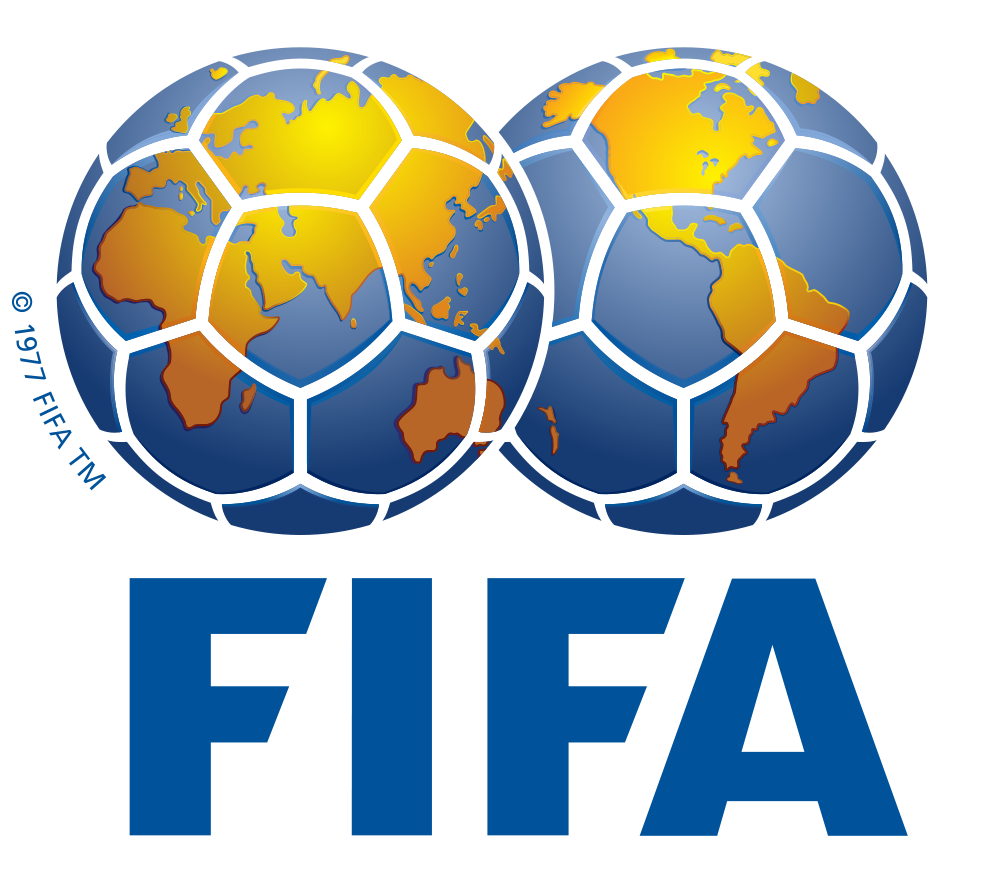
Die Fédération Internationale de Football Association (deutsch Internationaler Verband des Association Football), kurz FIFA oder Fifa, ist ein privater Verband, der „die Kontrolle des Association Football in all seinen Formen“ zum Zweck hat.[3] Der Weltfußballverband ist ein gemeinnütziger Verein im Sinne der Artikel 60 ff. des Schweizerischen Zivilgesetzbuches mit Sitz in Zürich und im Handelsregister eingetragen.[4][5][6] Die FIFA muss als nicht steuerbefreiter Verein im Kanton Zürich eine reduzierte Gewinnsteuer von 4 % entrichten.[1][2]
Die FIFA erwirtschaftet in ihrer aktuellen Vierjahresertragsperiode 5,66 Milliarden Dollar, die zu 89 % aus der Vermarktung der von ihr organisierten Männer-Fußball-WM stammen. Darüber hinaus organisiert sie auch die Frauen-Fußball-WM und zahlreiche weitere Turniere. Ihr Präsident ist Gianni Infantino.
国际足球联合会(法语:Fédération Internationale de Football Association;英语:International Federation of Association Football[注 1]),简称国际足联(FIFA),是管理英式足球、室内五人足球和沙滩足球的国际体育组织,下辖211个会员协会。总部设于瑞士苏黎世。现任主席为吉安尼·因凡蒂诺。国际足联负责组织世界重大足球赛事,当中最著名的是4年举行一次的世界杯。[3]
国際サッカー連盟(こくさいサッカーれんめい、仏: Fédération Internationale de Football Association)は、サッカー(アソシエーション式フットボール)の国際競技連盟であり、スイスの法律に基づいた自立法人である。略称はFIFA(フランス語発音: [fifa] フィファ、英語発音: [ˈfiːfə] フィーファ)。本部はスイスのチューリッヒに置かれている。
2018年時点で全211の国内競技連盟が加盟し[1]、国際競技連盟としては世界最大である[3]。FIFAワールドカップ・FIFA女子ワールドカップの主催が、もっとも大きな任務となっている。
The Fédération Internationale de Football Association[a] (FIFA /ˈfiːfə/ FEE-fə; French for International Federation of Association Football; Spanish: Federación Internacional de Fútbol Asociación; German: Internationaler Verband des Association Football) is a non-profit organization which describes itself as an international governing body of association football, fútsal, beach soccer, and efootball. It is the highest governing body of football.
FIFA was founded in 1904[3] to oversee international competition among the national associations of Belgium, Denmark, France, Germany, the Netherlands, Spain, Sweden, and Switzerland. Headquartered in Zürich, its membership now comprises 211 national associations. Member countries must each also be members of one of the six regional confederations into which the world is divided: Africa, Asia, Europe, North & Central America and the Caribbean, Oceania, and South America.
Today, FIFA outlines a number of objectives in the organizational Statues, including growing football internationally, providing efforts to ensure football is accessible to everyone, and advocating for integrity and fair play.[4] FIFA is responsible for the organization and promotion of football's major international tournaments, notably the World Cup which commenced in 1930 and the Women's World Cup which commenced in 1991. Although FIFA does not solely set the rules of football, that being the responsibility of the International Football Association Board of which FIFA is a member, it applies and enforces the rules across all FIFA competitions.[5] All FIFA tournaments generate revenue from sponsorship; in 2018, FIFA had revenues of over US $4.6 billion, ending the 2015–2018 cycle with a net positive of US$1.2 billion, and had cash reserves of over US$2.7 billion.[6]
Reports by investigative journalists have linked FIFA leadership with corruption, bribery, and vote-rigging related to the election of FIFA president Sepp Blatter and the organization's decision to award the 2018 and 2022 World Cups to Russia and Qatar, respectively. These allegations led to the indictments of nine high-ranking FIFA officials and five corporate executives by the U.S. Department of Justice on charges including racketeering, wire fraud, and money laundering. On 27 May 2015, several of these officials were arrested by Swiss authorities, who were launching a simultaneous but separate criminal investigation into how the organization awarded the 2018 and 2022 World Cups. Those among these officials who were also indicted in the U.S. are expected to be extradited to face charges there as well.[7][8][9] Many officials were suspended by FIFA's ethics committee including Sepp Blatter[10] and Michel Platini.[11] In early 2017 reports became public about FIFA president Gianni Infantino attempting to prevent the re-elections[12] of both chairmen of the ethics committee, Cornel Borbély and Hans-Joachim Eckert, during the FIFA congress in May 2017.[13][14] On 9 May 2017, following Infantino's proposal,[15] FIFA Council decided not to renew the mandates of Borbély and Eckert.[15] Together with the chairmen, 11 of 13 committee members were removed.[16]
La Fédération internationale de football association2 (souvent désignée par l'acronyme FIFA) est la fédération sportive internationale du football, du futsal et du football de plage. Association des fédérations nationales fondée le 21 mai 1904 à Paris, elle a pour vocation de gérer et de développer le football dans le monde. La Coupe du monde de football est créée en 1924 par Jules Rimet3, président de la fédération internationale de 1920 à 1954. Le terme Football Association est le nom originel du football, utilisé pour le distinguer des autres sports de ballon.
Fondée par les fédérations d'Allemagne, de Belgique, du Danemark, d'Espagne, de France, des Pays-Bas, de Suède et de Suisse, elle compte au 13 mai 2016 211 associations nationales affiliées à travers le monde, qui doivent être reconnues par l'une des six confédérations continentales. Son siège est situé depuis 1932 à Zurich, en Suisse.
Bien qu'étant officiellement une association à but non lucratif, la FIFA brasse un chiffre d'affaires très important du fait de l'organisation des compétitions et de leur sponsoring. En 2013, la FIFA génère 1,3 milliard de dollars de chiffre d'affaires, et dispose de réserves évaluées à 1,4 milliard de dollars4. La FIFA est chargée de l'organisation des grands tournois mondiaux, et notamment des Coupes du monde masculines, depuis le 13 juillet 1930, et féminines, depuis le 30 novembre 1991.
Après plusieurs années de rumeurs et d'enquêtes de journalistes sur les affaires financières au sein de la FIFA, notamment autour de l'attribution de l'organisation des Coupes du monde de 2018 et 2022 à la Russie et au Qatar, une enquête lancée par le département de la Justice des États-Unis pour des faits de corruption aboutit à un grand scandale en 2015, à la suite duquel le président Sepp Blatter, le 2 juin 2015, trois jours après sa réélection pour un cinquième mandat, annonce qu'il convoque un congrès extraordinaire, prévu en février 2016, afin de remettre son mandat de président à disposition. Le 8 octobre 2015, la commission d'éthique de la FIFA suspend Sepp Blatter de manière provisoire, pendant 90 jours5. Le 21 décembre 2015, la commission suspend Sepp Blatter pour 8 ans6. Cette suspension est ramenée à six ans le 24 février 2016, peu avant l'élection de son successeur, Gianni Infantino, le 26 février 2016.
La Fédération Internationale de Football Association (in italiano "Federazione internazionale di calcio"[Nota 1]), più nota con l'acronimo FIFA, è la federazione internazionale che governa gli sport del calcio, del calcio a 5 e del beach soccer. La sua sede si trova a Zurigo, in Svizzera, e il presidente è Gianni Infantino, eletto nel 2016.
La federazione fu fondata a Parigi il 21 maggio 1904 e si occupa dell'organizzazione di tutte le manifestazioni intercontinentali degli sport sopraccitati, tra le quali la più importante è sicuramente il Campionato mondiale di calcio, che premia il vincitore con il trofeo della Coppa del Mondo. Tale torneo viene disputato ogni quattro anni dal 1930, eccetto che per il 1942 e il 1946 a causa della Seconda guerra mondiale, e la federazione ha il compito di scegliere il paese organizzatore che ospita la fase finale della manifestazione.
La Fédération Internationale de Football Association2 (en español: Federación Internacional de Fútbol Asociación),3 universalmente conocida por sus siglas FIFA, es la institución que gobierna las federaciones de fútbol en todo el planeta. Se fundó el 21 de mayo de 1904 y tiene su sede en Zúrich, Suiza. Forma parte del IFAB, organismo encargado de modificar las reglas del juego. Además, la FIFA organiza la Copa Mundial de Fútbol, los otros campeonatos del mundo en sus distintas categorías, ramas y variaciones de la disciplina, y los Torneos Olímpicos a la par del COI.
La FIFA agrupa 211 asociaciones o federaciones de fútbol de distintos países, contando con 17 países afiliados más que la Organización de las Naciones Unidas, tres menos que la Asociación Internacional de Federaciones de Atletismo y dos menos que la Federación Internacional de Baloncesto.45
Междунаро́дная федера́ция футбо́ла[1] (фр. Fédération Internationale de Football Association, сокращённо FIFA, в русской транслитерации — ФИФА́) — главная футбольная организация, являющаяся крупнейшим международным руководящим органом в футболе, мини-футболе и пляжном футболе. Штаб-квартира ФИФА находится в швейцарском городе Цюрихе.
Под эгидой ФИФА проходят все футбольные турниры всемирного масштаба, в числе которых чемпионат мира ФИФА, аналогичный турнир среди женщин, молодёжные и юношеские турниры, Кубок конфедераций и клубный чемпионат мира.

红十字国际委员会(法语:Comité International de la Croix Rouge, CICR;英语:International Committee of the Red Cross, ICRC)是一个总部设于瑞士日内瓦的人道主义机构。根据《日内瓦公约》以及习惯国际法的规定,国际社会赋予红十字国际委员会特权和法律豁免权,保护国内武装冲突和国际性武装冲突的受难者。这些受难者包括战伤者、战俘、难民、平民和其他非战斗员。
红十字国际委员会的委员只能是瑞士公民,而且新委员由委员会推选。长期以来,红十字国际委员会的雇员只能是瑞士公民,并特别强调以日内瓦市民、白人、男性、新教徒为主。但自1990年代初以来,红十字国际委员会开始聘用非瑞士籍员工。长期以来,瑞士官方认定红十字国际委员会为私人机构。1993年3月19日,瑞士政府和红十字国际委员会签署了一份正式协议,保护红十字国际委员会在瑞士的财产豁免权、委员及其员工的法律豁免权,免除各项税费,提供与外国使馆同等级别的安全通讯特权并简化红十字国际委员会在瑞士的出入境手续。
根据瑞士法律,红十字国际委员会被定义为私人协会。与普遍看法相反,红十字国际委员会不是一个最常见的非政府组织,也不是一个国际组织。由于它仅向瑞士国民限制其成员(称为合作的过程),因此对于像其他法律界定的非政府组织这样的个人而言,它没有公开和不受限制的成员资格政策。其名称中的“国际”一词并不是指其成员资格,而是指日内瓦公约所界定的其活动的全球范围。红十字国际委员会根据这些国家的法律或通过委员会与各自国家政府之间的协议,在许多国家享有特权和法律豁免权。
红十字国际委员会与红十字会与红新月会国际联合会(下文简称“联合会”)以及190个国家红十字/红新月/红水晶会共同组成国际红十字与红新月运动。根据1997年的塞维利亚协议,在武装冲突中红十字国际委员会是占主导地位的红十字组织;在非冲突情况下,联合会为运动的领导机关。
红十字国际委员会是运动中历史最为悠久且最负盛誉的组织,它也是世界上获得最广泛认可的组织之一,并在1917年、1944年和1963年三次荣获诺贝尔和平奖。而红十字会的创办人亨利·杜南则在1901年荣获首届诺贝尔和平奖。
Die Internationale Rotkreuz- und Rothalbmond-Bewegung umfasst das Internationale Komitee vom Roten Kreuz (IKRK) (englisch offiziell International Committee of the Red Cross (ICRC)), die Internationale Föderation der Rotkreuz- und Rothalbmond-Gesellschaften (englisch offiziell International Federation of Red Cross and Red Crescent Societies (IFRC)) sowie die nationalen Rotkreuz- und Rothalbmond-Gesellschaften.[1] Das IKRK und die Internationale Föderation sind voneinander organisatorisch und rechtlich unabhängig und innerhalb der Bewegung durch gemeinsame Grundsätze, Ziele und Symbole miteinander verbunden. Als Föderation der nationalen Rotkreuz- und Rothalbmond-Gesellschaften wird die Internationale Föderation der Rotkreuz- und Rothalbmond-Gesellschaften von den 191 Mitgliedsorganisationen gesteuert und ist nicht von ihnen unabhängig.[2] Die weltweit gleichermaßen geltende Mission der Bewegung – unabhängig von staatlichen Institutionen und auf der Basis freiwilliger Hilfe – sind der Schutz des Lebens, der Gesundheit und der Würde sowie die Verminderung des Leids von Menschen in Not ohne Ansehen von Nationalität und Abstammung oder religiösen, weltanschaulichen oder politischen Ansichten der Betroffenen und Hilfeleistenden.
Das auf Anregung von Henry Dunant 1863 gegründete Internationale Komitee vom Roten Kreuz (IKRK) besteht aus bis zu 25 Schweizer Staatsbürgern, ist die älteste internationale medizinische Hilfsorganisation[3] und die einzige Organisation, die im humanitären Völkerrecht erfasst und als dessen Kontrollorgan genannt ist. Es ist die älteste Organisation der Bewegung und neben dem Heiligen Stuhl sowie dem Souveränen Malteser-Ritterorden eines der wenigen originären nichtstaatlichen Völkerrechtssubjekte. Seine ausschließlich humanitäre Mission ist, basierend auf den Prinzipien der Unparteilichkeit, Neutralität und Unabhängigkeit, der Schutz des Lebens und der Würde der Opfer von Kriegen und innerstaatlichen Konflikten.
Die Internationale Föderation der Rotkreuz- und Rothalbmond-Gesellschaften, Nachfolgeorganisation der 1919 entstandenen Liga der Rotkreuz-Gesellschaften, koordiniert innerhalb der Bewegung die Kooperation zwischen den nationalen Rotkreuz- und Rothalbmond-Gesellschaften und leistet Unterstützung beim Aufbau neuer nationaler Gesellschaften. Auf internationaler Ebene leitet und organisiert sie, in Zusammenarbeit mit den nationalen Gesellschaften, Hilfsmissionen nach nicht kriegsbedingten Notsituationen wie zum Beispiel Naturkatastrophen und Epidemien.
Die nationalen Rotkreuz- und Rothalbmond-Gesellschaften sind Organisationen in fast allen Ländern der Welt, die jeweils in ihrem Heimatland im Sinne des humanitären Völkerrechts sowie der Statuten der Internationalen Bewegung tätig sind und die Arbeit des IKRK sowie der Föderation unterstützen. Ihre wichtigsten Aufgaben in ihren Heimatländern sind die Katastrophenhilfe und die Verbreitung der Genfer Konventionen. Im Rahmen ihrer Möglichkeiten können sie darüber hinaus weitere soziale und humanitäre Aufgaben wahrnehmen, die nicht unmittelbar durch völkerrechtliche Bestimmungen oder die Prinzipien der Bewegung vorgegeben sind. Hierzu zählen in vielen Ländern beispielsweise das Blutspendewesen und der Rettungsdienst sowie die Altenpflege und andere Bereiche der Sozialarbeit.
Von der Gründung im Jahr 1928 als Dachorganisation des IKRK und der Föderation bis zur Umbenennung 1986 lautete der offizielle Name der Bewegung Internationales Rotes Kreuz. Diese bis in die Gegenwart weit verbreitete Bezeichnung und die daraus resultierende Abkürzung IRK sollten jedoch nach Möglichkeit nicht mehr verwendet werden, da sie zu Problemen bei der Unterscheidung zwischen dem IKRK und der Föderation in der öffentlichen Wahrnehmung führen können.
红十字会与红新月会国际联合会(英语:International Federation of Red Cross and Red Crescent Societies, IFRC;阿拉伯语:الإتحاد الدولي لجمعيات الصليب الأحمرِ والهلال الأحمرِ;初创时名为红十字会联盟,旧译作“国际红十字协会”,英语:League of Red Cross Societies)是一个国际人道主义组织,与红十字国际委员会(ICRC)、各国家协会(红十字会或红新月会)共同组成了国际红十字与红新月运动[1]。该组织成立于1919年,总部设在瑞士日内瓦。它负责协调各国家协会的活动,以“通过动员人道力量改善弱势群体的生活”[2]。在国际层面上,该联合会与国家协会密切合作,领导和组织大规模紧急救援。该组织于1963年获得诺贝尔和平奖。
一般而言,依照七项基本原则(见下文)中的“普遍”原则,几乎所有国家都有国家协会(红十字会或红新月会),而在“统一”原则下,一个国家只有一个国家协会[来源请求]。由亨利·杜南创立的“红十字国际委员会”依照《日内瓦公约》及相关议定书的规定,提供战俘人道协助、监察战俘待遇。“红十字会与红新月会国际联合会”则负责协调国家协会,跨国救援和平时期的受害者。
红十字会与红新月会国际联合会及红十字国际委员会现在都是联合国的观察员。
Die Internationale Föderation der Rotkreuz- und Rothalbmondgesellschaften (IFRC) ist eine weltweite Organisation für humanitäre Hilfe, die über ihre 191 nationalen Mitgliedsgesellschaften jährlich 160 Millionen Menschen erreicht. Sie wird vor, während und nach Katastrophen und gesundheitlichen Notlagen tätig, um die Bedürfnisse der bedürftigen Menschen zu erfüllen und ihre Lebensbedingungen zu verbessern. Sie tut dies unabhängig und unparteiisch in Bezug auf Nationalität, Ethnie, Geschlecht, religiöse Überzeugungen, Klasse und politische Ansichten.
Die IFRC ist zusammen mit dem Internationalen Komitee vom Roten Kreuz (IKRK) und 191 nationalen Gesellschaften Teil der internationalen Rotkreuz- und Rothalbmondbewegung. Die Stärke der IFRC liegt in ihrem Netzwerk von Freiwilligen, ihrem Fachwissen auf Gemeindeebene sowie ihrer Unabhängigkeit und Neutralität. Sie setzt sich für die Verbesserung der humanitären Standards ein, als Partner in der Entwicklung und bei der Reaktion auf Katastrophen. Sie überzeugt die Entscheidungsträger, im Interesse der bedürftigen Menschen zu handeln. Sie arbeitet daran, gesunde und sichere Gemeinschaften zu ermöglichen, Schwachstellen zu verringern, die Widerstandsfähigkeit zu stärken und eine Kultur des Friedens in der ganzen Welt zu fördern.

Die Organisation des Vertrags über kollektive Sicherheit, kurz: OVKS (russisch Организация Договора о коллективной безопасности – ОДКБ Organisazija Dogowora o Kollektiwnoi Besopasnosti – ODKB; englisch Collective Security Treaty Organization – CSTO), ist ein im Jahre 2002 auf Grundlage des 1992 geschlossenen Vertrages über kollektive Sicherheit (VKS) gegründetes Militärbündnis zwischen mehreren früheren Mitgliedsstaaten der Sowjetunion, das von Russland angeführt wird. Oberstes Organ der OVKS ist der Rat für kollektive Sicherheit.
集体安全条约组织(英语:Collective Security Treaty Organization,简称为CSTO;俄语:Организация Договора о Коллективной Безопасности,缩写作 ОДКБ)是1992年5月15日签署的政府间军事联盟。1992年独立国家联合体中的六个国家俄罗斯、亚美尼亚、哈萨克斯坦、吉尔吉斯斯坦、塔吉克斯坦和乌兹别克斯坦签署了“集体安全条约”(也称为“塔什干条约”)。[1] 另外三个国家阿塞拜疆、白俄罗斯和格鲁吉亚在第二年签署了该条约,并于1994年生效。五年后,9个国家中除阿塞拜疆、格鲁吉亚和乌兹别克斯坦以外,其他6个同意将该条约再延长5年,2002年,这6个国家同意建立集体安全条约组织,作为一个军事联盟。乌兹别克斯坦于2006年重新加入集体安全条约组织,但于2012年退出。
 安提瓜和巴布达
安提瓜和巴布达
 巴哈马
巴哈马
 巴巴多斯
巴巴多斯
 伯利兹
伯利兹
 加勒比共同体
加勒比共同体
 安德鲁·霍尼斯
安德鲁·霍尼斯
 多米尼克
多米尼克
 格林纳达
格林纳达
 圭亚那
圭亚那
 牙买加
牙买加
 蒙特塞拉特
蒙特塞拉特
 海地共和国
海地共和国
 圣基茨和尼维斯
圣基茨和尼维斯
 圣卢西亚
圣卢西亚
 圣文森特和格林纳丁斯
圣文森特和格林纳丁斯
 苏里南
苏里南
 特立尼达和多巴哥
特立尼达和多巴哥

 重要的国际组织
重要的国际组织

金砖国家,简称金砖国,原称金砖四国(英语:BRIC)、金砖五国(英语:BRICS),现指九个主要的新兴市场国家,分别为巴西、俄罗斯、印度、中华人民共和国、南非、埃及、埃塞俄比亚、伊朗及阿拉伯联合酋长国。
金砖国家人口和国土面积在全球占有重要份额,是世界经济增长的主要动力之一。[1]组织中国家的共同点为领土面积大、人口多、发展中国家以及被认为有一定甚至巨大的发展潜力。所以可以说在可见的未来里,这个组织或者组织中某个或多个国家会一定程度上的影响甚至领导全球经济。
2010年12月23日,南非作为正式成员加入金砖国家。2023年金砖国家峰会后,南非总统宣布邀请阿根廷(后撤回加入申请)、埃及、埃塞俄比亚、伊朗、沙特阿拉伯(后搁置加入申请)、阿拉伯联合酋长国成为金砖国家的正式成员[2]。
BRICS is the acronym coined by British Economist Jim O’Neill meant for an association of five major emerging national economies: Brazil, Russia, India, China and South Africa. Originally the first four were grouped as "BRIC" (or "the BRICs"), before the induction of South Africa in 2010.[4] The BRICS members are known for their significant influence on regional affairs; all are members of G20.[5] Since 2009, the BRICS nations have met annually at formal summits. China hosted the 9th BRICS summit in Xiamen on September 2017,[6] while South Africa will do so for the 10th BRICS summit in July 2018. The term does not include countries such as South Korea, Mexico and Turkey for which other acronyms and group associations were later created.
In 2015, the five BRICS countries represent over 3.1 billion people, or about 41% of the world population; four out of five members (excluding South Africa at #24) are in the top 10 of the world by population. As of 2018, these five nations have a combined nominal GDP of US$18.6 trillion, about 23.2% of the gross world product, combined GDP (PPP) of around US$40.55 trillion (32% of World's GDP PPP) and an estimated US$4.46 trillion in combined foreign reserves.[7][8] Overall the BRICS are forecasted to expand 4.6% in 2016, from an estimated growth of 3.9% in 2015. The World Bank expects BRICS growth to pick up to 5.3% in 2017.[9] The BRICS have received both praise and criticism from numerous commentators.[10][11][12] Bilateral relations among BRICS nations have mainly been conducted on the basis of non-interference, equality, and mutual benefit.[13]
BRICS est un acronyme anglais pour désigner un groupe de cinq pays qui se réunissent depuis 2011 en sommets annuels : Brésil, Russie, Inde, Chine et Afrique du Sud (en anglais : Brazil, Russia, India, China, South Africa).
Avant l'ajout de l'Afrique du Sud en 2011, le groupe était appelé BRIC, terme initial inventé en 2001 et qui a conduit à l'organisation des premiers sommets à quatre pays en 2009. Rarement utilisés, les équivalents français de cet acronyme - après l'adhésion de l'Afrique du Sud - sont ABRIC (Afrique du Sud, Brésil, Russie, Inde et Chine1), BRASIC ou encore BRICA2.
L'acronyme BRICSAM (en anglais : Brazil, Russia, India, China, South Africa, Mexico) est également utilisé pour y adjoindre le Mexique, sans qu'il ne soit membre du groupe.
Il BRICS in economia internazionale è un'associazione di cinque paesi tra le maggiori economie emergenti. Il nome è l'acronimo delle iniziali dei cinque stati:
Tali economie si propongono di costruire un sistema commerciale globale attraverso accordi bilaterali che non siano basati esclusivamente sul petrodollaro. Il termine ha avuto origine dal precedente BRIC, con l'aggiunta della S relativa al Sudafrica.
En economía internacional,1 se emplea la sigla BRICS para referirse conjuntamente a Brasil, Rusia, India, China y Sudáfrica,2 aunque en este artículo se hará más referencia al BRIC, que excluye este último país, el que se unió al grupo en 2011. En términos generales, BRICS es el acrónimo de una asociación económica-comercial de las cinco economías nacionales emergentes más importantes del mundo. Los BRICS son considerados el paradigma de la cooperación Sur-Sur, aunque recientemente esta interpretación fue puesta en cuestión dadas las contradicciones entre los intereses de China y los demás miembros.3
Todas estas naciones tienen en común una gran población (China e India por encima de los mil cien millones, Brasil y Rusia por encima de los ciento cuarenta millones), un enorme territorio (casi 38,5 millones km²), lo que les proporciona dimensiones estratégicas continentales, una gigantesca cantidad de recursos naturales y, lo más importante, las enormes cifras que han presentado de crecimiento de su producto interno bruto (PIB) y de participación en el comercio mundial en los últimos años, lo que los hace atractivos como destino de inversiones.4
México y Corea del Sur son los únicos países comparables a los BRIC, pero sus economías se excluyeron debido a que ya son miembros de la OCDE.5 Estos países, Brasil, China, India y Sudáfrica, exceptuando a Rusia que pertenece al G-8, también forman parte del G-5. Argentina, en tanto, fue invitada a la cumbre de Fortaleza, junto a los miembros de la Unión de Naciones Suramericanas realizada en julio de 2014.
Em economia, BRICS é um acrônimo que se refere aos países membros fundadores (o grupo BRIC: Brasil, Rússia, Índia e China), que juntos formam um grupo político de cooperação. Em 14 de abril de 2011,[1] o "S" foi oficialmente adicionado à sigla BRIC para formar o BRICS, após a admissão da África do Sul (em inglês: South Africa) ao grupo.[2][3][4] Os membros fundadores e a África do Sul estão todos em um estágio similar de mercado emergente, devido ao seu desenvolvimento econômico. É geralmente traduzido como "os BRICS" ou "países BRICS" ou, alternativamente, como os "Cinco Grandes".
Apesar de o grupo ainda não ser um bloco econômico ou uma associação de comércio formal, como no caso da União Europeia,[5] existem fortes indicadores de que os quatro países do BRIC têm procurado formar um "clube político" ou uma "aliança", e assim converter "seu crescente poder econômico em uma maior influência geopolítica."[6][7] Desde 2009, os líderes do grupo realizam cúpulas anuais.[8]
A sigla (originalmente "BRIC") foi criada por Jim O'Neill em um estudo de 2001 intitulado "Building Better Global Economic BRICs".[9][10][11] Desde então, a sigla passou a ser amplamente usada como um símbolo da mudança no poder econômico global, distanciando-se das economias desenvolvidas do G7 em relação ao mundo em desenvolvimento.
De acordo com um artigo publicado em 2005, o México e a Coreia do Sul seriam os únicos outros países comparáveis aos BRICS, mas suas economias foram inicialmente excluídas por serem consideradas mais desenvolvidas, uma vez que já eram membros da Organização para a Cooperação e Desenvolvimento Econômico.[12] As relações bilaterais entre os países dos BRICS tem sido conduzidas principalmente com base nos princípios de não-interferência, igualdade e benefício mútuo.[13]
ब्रिक्स (BRICS) उभरती राष्ट्रीय अर्थव्यवस्थाओं के एक संघ का शीर्षक है। इसके घटक राष्ट्र ब्राज़ील, रूस, भारत, चीन और दक्षिण अफ्रीका हैं। इन्हीम देशों के अंग्रेज़ी में नाम के प्रथमाक्षरों B, R, I, C व S से मिलकर इस समूह का यह नामकरण हुआ है।[1] मूलतः, २०१० में दक्षिण अफ्रीका के शामिल किए जाने से पहले इसे "ब्रिक" के नाम से जाना जाता था। रूस को छोडकर[2], ब्रिक्स के सभी सदस्य विकासशील या नव औद्योगीकृत देश हैं जिनकी अर्थव्यवस्था तेजी से बढ़ रही है। ये राष्ट्र क्षेत्रीय और वैश्विक मामलों पर महत्वपूर्ण प्रभाव डालते हैं। वर्ष २०१३ तक, पाँचों ब्रिक्स राष्ट्र दुनिया के लगभग 3 अरब लोगों का प्रतिनिधित्व करते हैं और एक अनुमान के अनुसार ये राष्ट्र संयुक्त विदेशी मुद्रा भंडार में ४ खरब अमेरिकी डॉलर का योगदान करते हैं। इन राष्ट्रों का संयुक्त सकल घरेलू उत्पाद १५ खरब अमेरिकी डॉलर का है।[3] वर्तमान में, दक्षिण अफ्रीका ब्रिक्स समूह की अध्यक्षता करता है।
БРИКС (англ. BRICS — сокращение от Brazil, Russia, India, China, South Africa) — группа из пяти стран: Бразилия, Россия, Индия, Китай, Южно-Африканская Республика.
Сокращение БРИК (BRIC) было впервые предложено аналитиком Джимом О’Нилом в ноябре 2001 года в аналитической записке банка «Goldman Sachs» Building Better Global Economic BRICs (Кирпичи для новой экономики)[1][2]. До 2011 года по отношению к организации использовалась аббревиатура БРИК. В связи с присоединением ЮАР к БРИК 18 февраля 2011 года, по заявлению индийского министра финансов с этого времени группа стала носить название BRICS[3].
Последовательность букв в слове определяется не только благозвучием, но и тем, что само слово в английской транскрипции BRICS очень похоже на английское слово bricks — «кирпичи»[4], таким образом, данный термин используется в качестве обозначения группы стран, за счёт роста которых во многом будет обеспечиваться будущий рост мировой экономики.
Организация была основана в июне 2006 года, в рамках Петербургского экономического форума (ПЭФ) с участием министров экономики Бразилии, России, Индии, Китая. Помимо саммитов, встречи проходят на уровне глав МИД, министров финансов и др.
Эксперты не предполагали наличия координации экономических политик между странами БРИК. Тем более не предполагалось, что страны БРИК образуют некий экономический блок или официальную торговую ассоциацию, как Европейский союз. Однако со временем появились признаки, что «четыре страны БРИК стремятся сформировать политический клуб» или «союз», и таким образом преобразовать «свою растущую экономическую власть в большее геополитическое „влияние“». С сентября 2006 года началось налаживание политических связей в рамках БРИК: во время 61-й сессии ООН была проведена встреча министров иностранных дел четырёх стран. Главы государств БРИК впервые встретились 9 июля 2008 года в Тояко-Онсэн (Хоккайдо, Япония) в рамках 34-го саммита G8 и договорились о проведении полноформатного саммита, который состоялся в Екатеринбурге 16 июня 2009 года[5]. [источник не указан 1284 дня]
 美食家
美食家
 法兰西岛
法兰西岛

 赛车,艇运动
赛车,艇运动
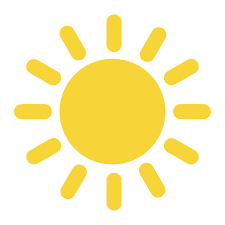 能源
能源
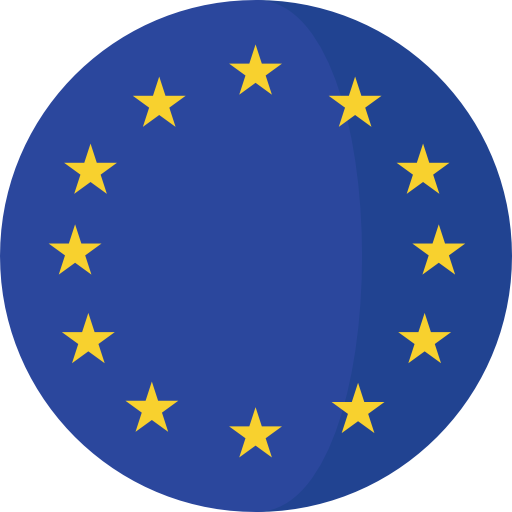 欧洲联盟
欧洲联盟
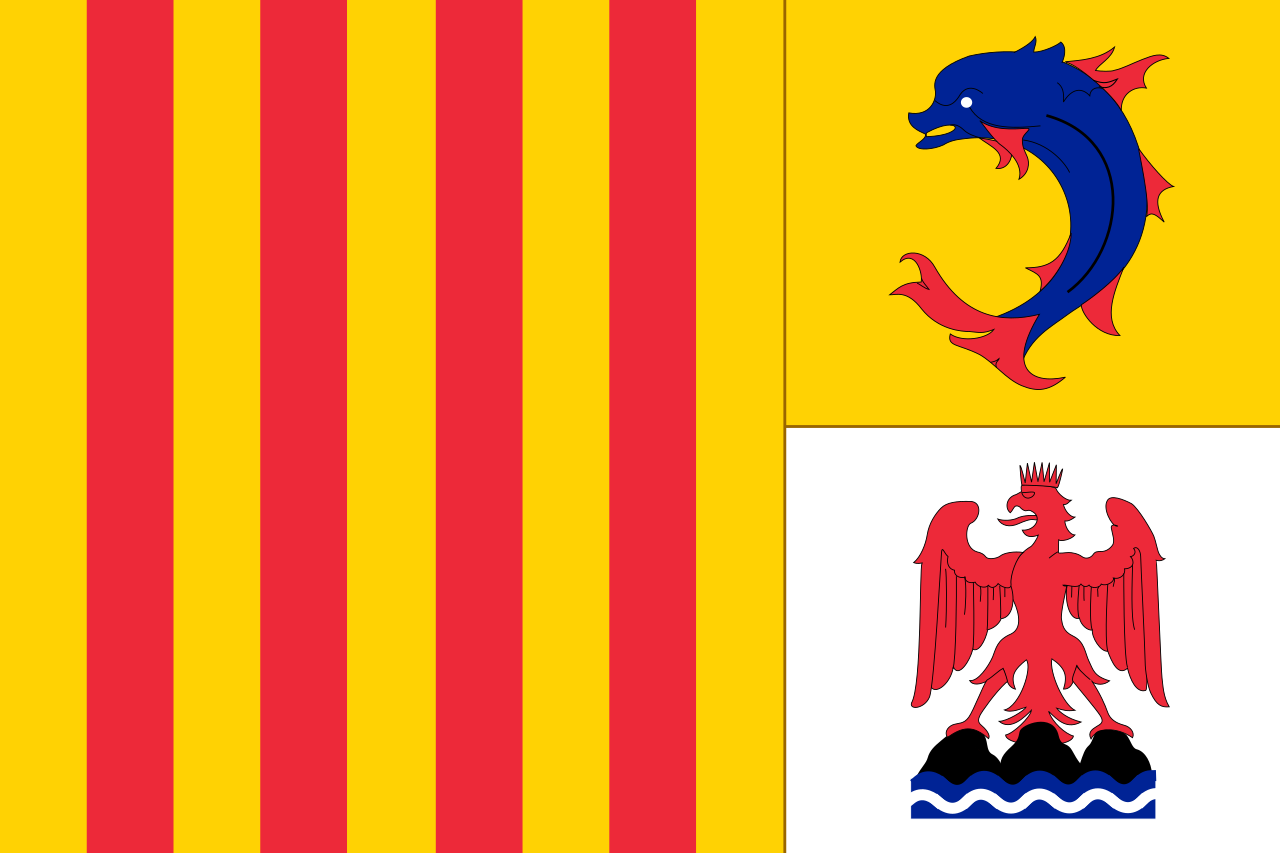 普罗旺斯-阿尔卑斯-蓝色海岸
普罗旺斯-阿尔卑斯-蓝色海岸
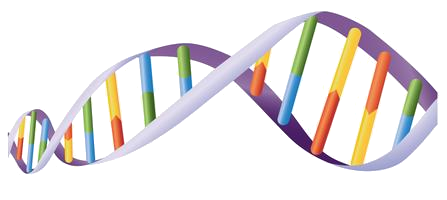 科学技术
科学技术
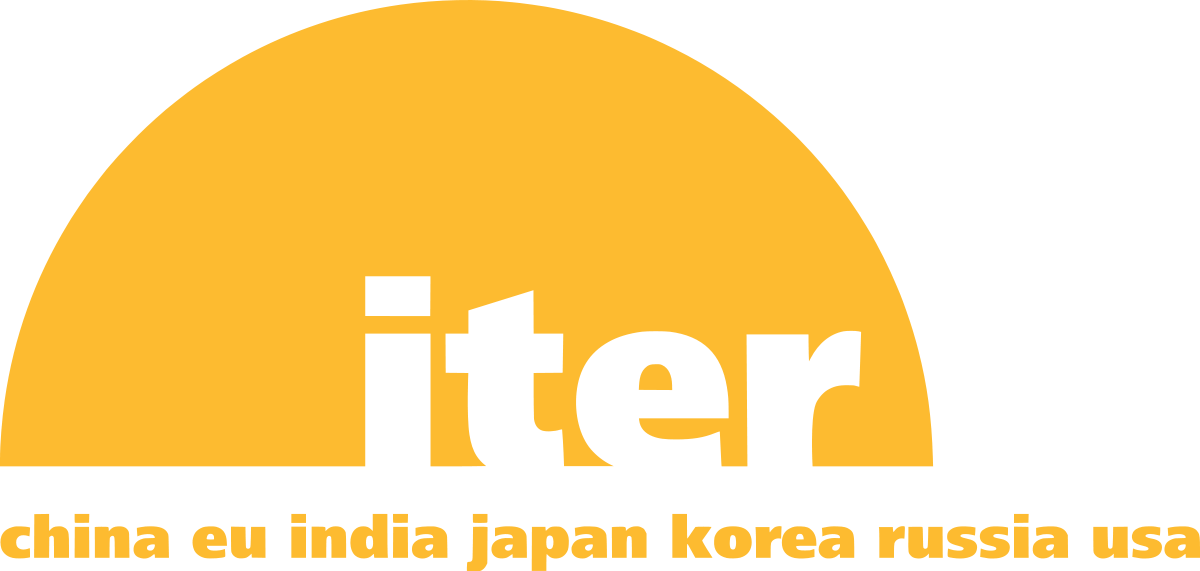
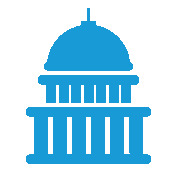 政党和政府组织
政党和政府组织
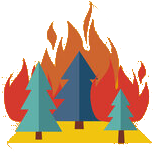 灾害救助
灾害救助
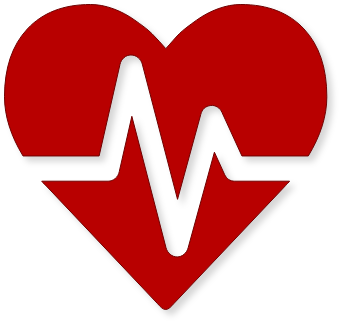 医疗、制药、 康复
医疗、制药、 康复
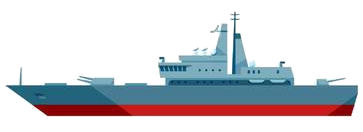
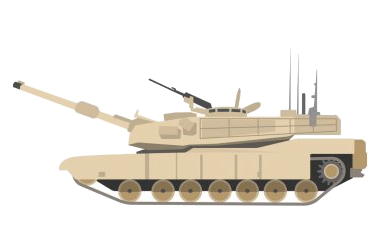
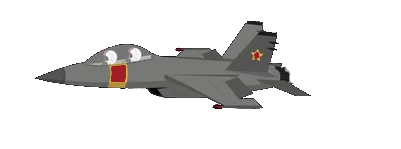
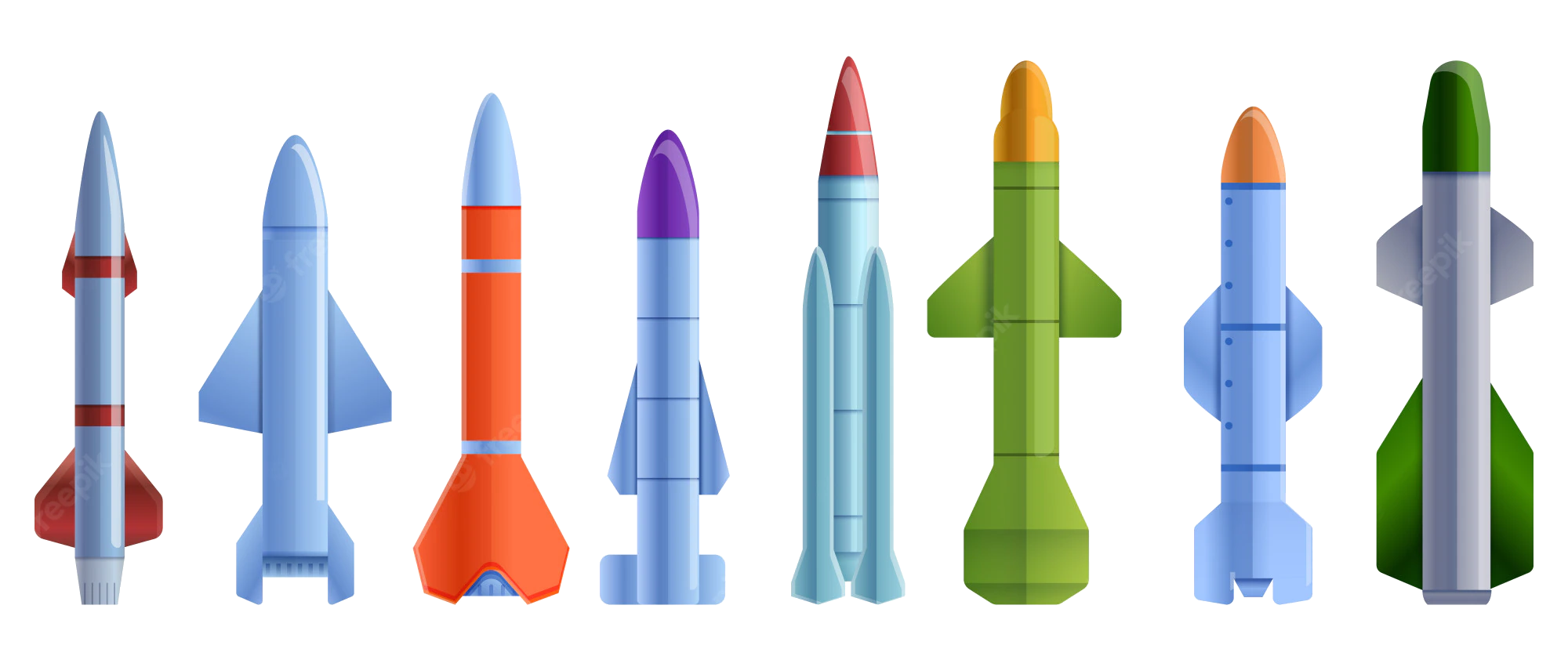 军事、国防和装备
军事、国防和装备
 往日岁月
往日岁月
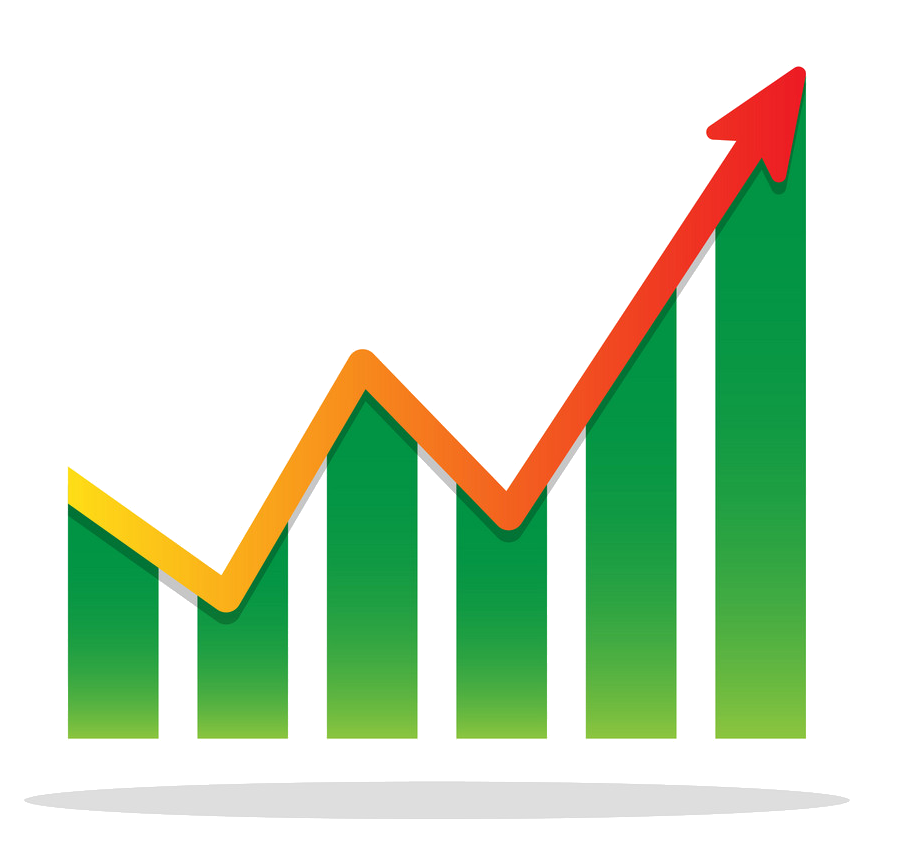 财政金融
财政金融

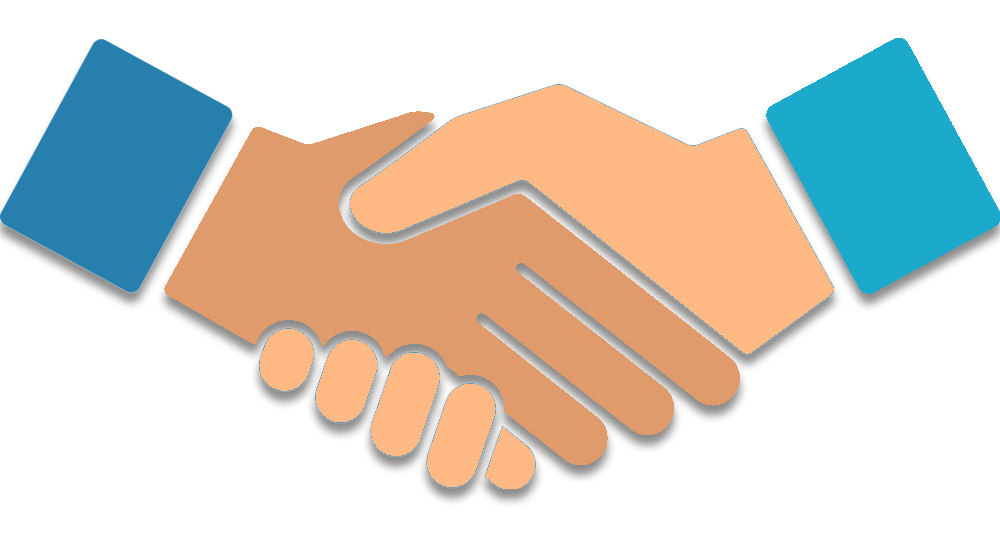 手拉手
手拉手


 经济和贸易
经济和贸易